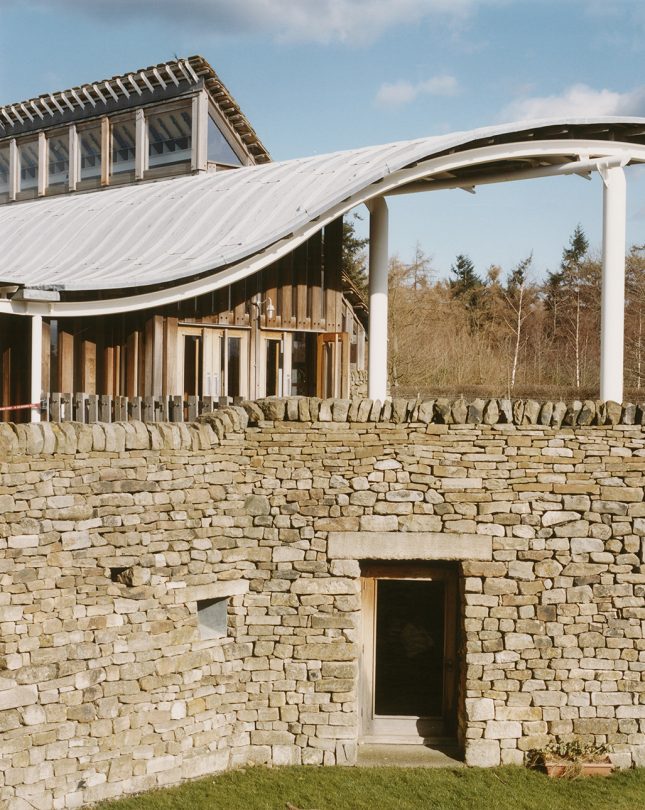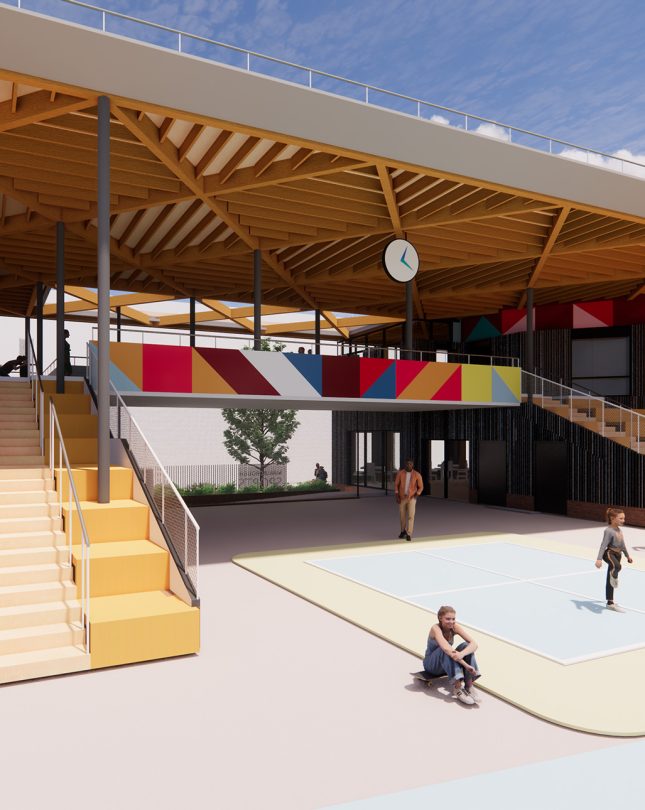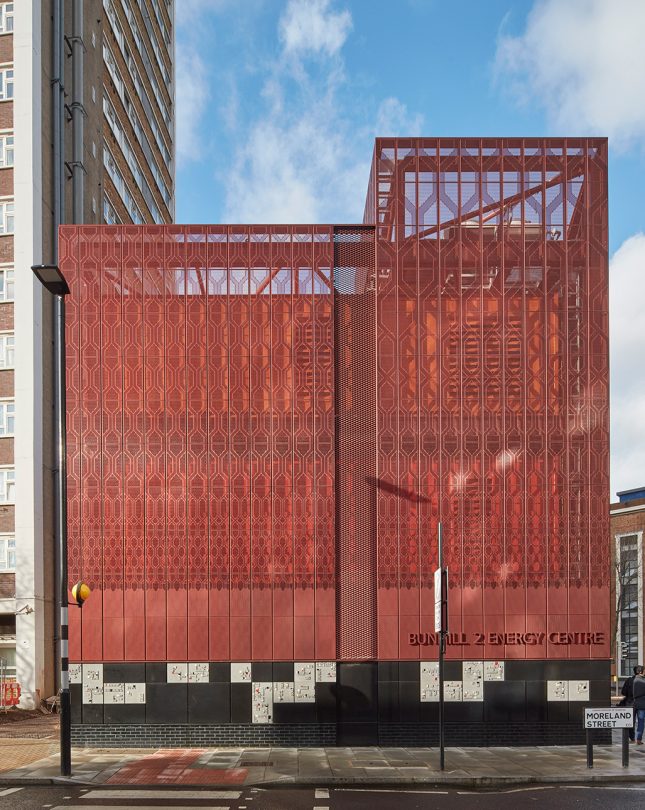Our latest news and views English
Underpinned by our Scandinavian design heritage, we bring you regular stories about architecture and interiors, exploring natural materials, acoustics, and the creation of safe and harmonious environments.
Carol Costello, one of three practice leaders of Cullinan Studio, discusses what design and architecture studios can do themselves in terms of environmental impact; such as designing for reuse of materials and repurposing other elements such as heat.

Reuse in architecture, and the guiding principles of the circular economy, have always been at the heart of what Cullinan Studio stands for.
Practice lead Carol Costello starts our conversation by citing the Fountains Abbey Visitor Centre project at Studley Royal in Ripon, Yorkshire, as an example of being rooted to the landscape, nature and local handcrafts. A commission dating back to the early 90s, the visitor centre incorporates reclaimed stone roof slates, external Cedar cladding and a unique dry stone wall rain screen. Using the local stones in this way integrates the building in its rural Yorkshire landscape.
Below, Costello gives us three further thoughts on how architects can incorporate sustainability and reuse into their work.
Costello explains, “In 2012, We completed a deep retrofit of our own studio to reduce energy. We wanted to lead by example and we continue to treat our studio as a laboratory, measuring energy and comfort levels.”
Cullinan Studio introduced air source heat pumps, thick insulation, high performance windows and solar panels in order to improve the building’s efficiency.
”Working with our tenants, Etude Sustainability Engineers, Cullinan is continuing to monitor the performance of the building, and define how to achieve Net Zero carbon. This seems achievable with the installation of additional solar panels.”
Post-Covid, Cullinan has reorganised its studio as a co-working hub, sharing their space with like-minded collaborators such as Etude.
Photo: Jim Stephenson


Making those energy-reducing changes to its own offices is a great example of Cullinan Studio’s approach to sustainability; an approach they have been implementing into projects decades before it became something that governments would legislate around and that clients would demand.
Costello highlights another project, for the environment and volunteering charity Bankside Open Spaces Trust. For this client, sustainability was something they were very on board with. “The brief for Marlborough Sports Garden was about how we can ensure every material was reclaimed, recycled and low carbon; a true circular economy philosophy,” Costello says, adding that in some cases this affected the design.
As an example, the structure is designed with shorter spans to allow for the use of more widely available shorter lengths of reclaimed timber beams; showing that minor design tweaks can sometimes make reuse of materials easier.
As well as materials, re-use in architecture can also take into account repurposing elements of a building that might otherwise be wasted, such as excess heat.
For example, Cullinan Studio’s project Bunhill 2 Energy Centre harnesses waste heat from London Underground tunnels. “The idea is to reduce fuel poverty in Islington by heating a network centred on social housing initially, but also local businesses and private homes.”
Using this principle, Costello expands on the possibilities. “The heat can come from data centres, supermarkets, sewage works, hospitals, crematoriums which are then connected with boreholes, to create a fossil fuel free system to supply nearby homes that have demand for heat. It’s another great example of circularity.”
